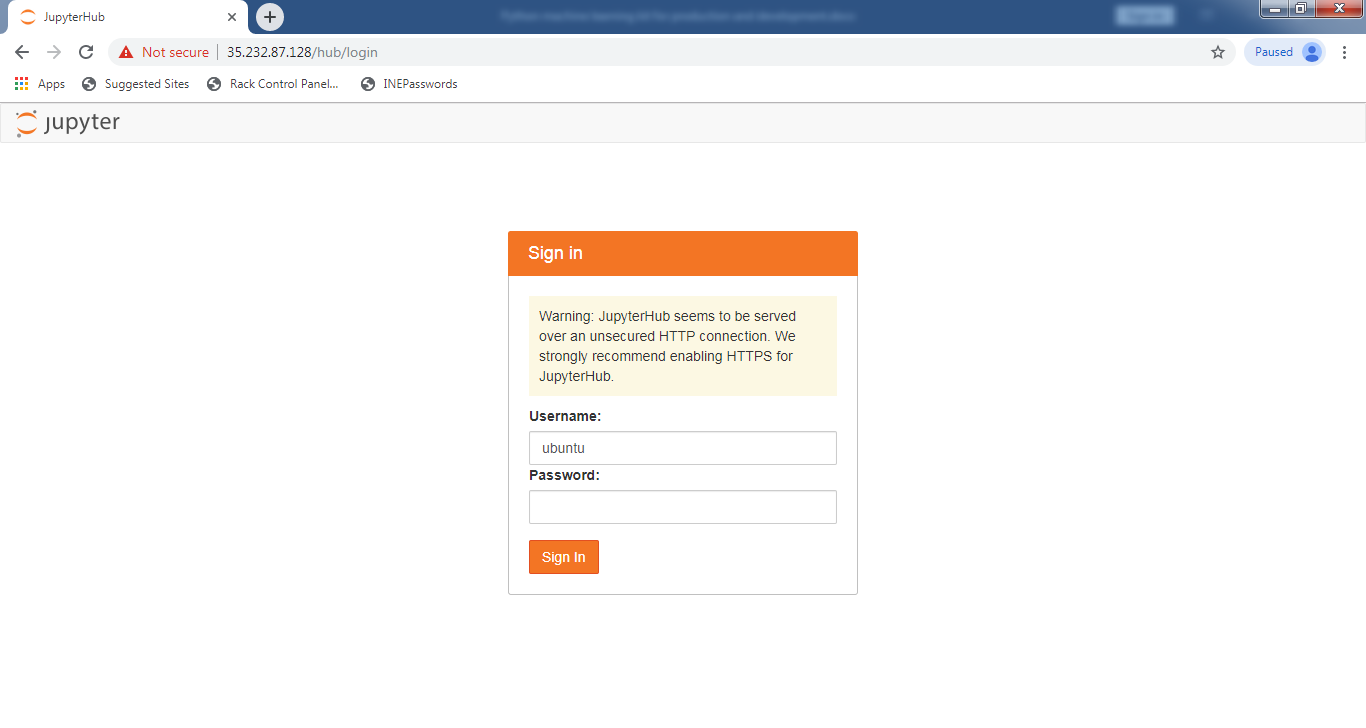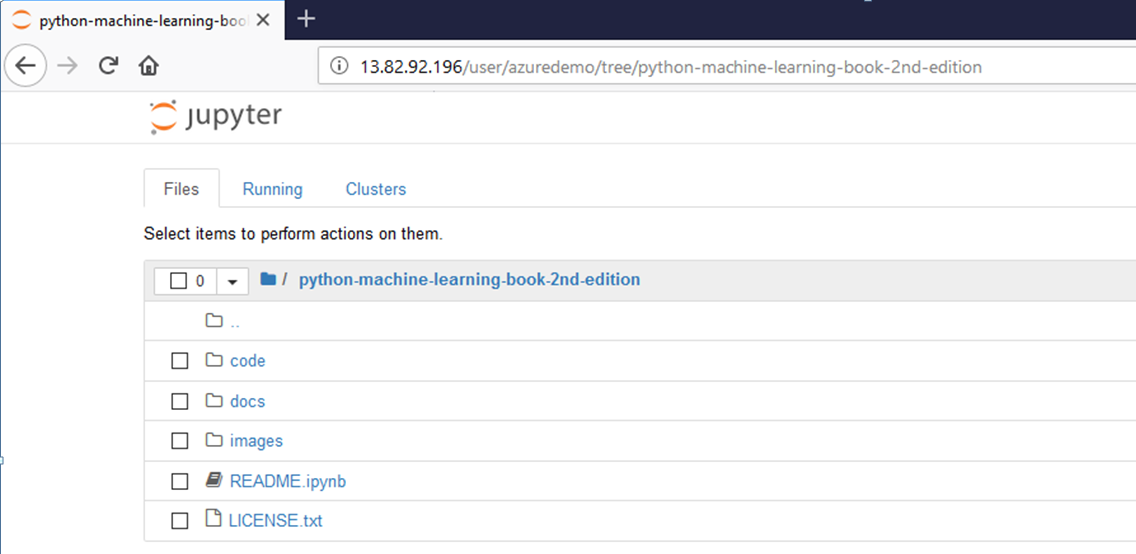This section describes how to launch and connect to AI/ML development, training & inference using Python & Jupyter Kit in a Google Compute environment using the available Cloud Launcher offering.
Note: Now the AI/ML development, training & inference using Python & Jupyter kit is available with GPU Acceleration. To provision this VM with the GPU instance, please select the GPU tab available on configuration page (Please see below configuration screenshot in step2). It will show 1 Nvidia T4 GPU selected. Now choose the instance type. Default instance is n1-standard2(2vCPU, 7.5GB memory).
Note: GPU availability is limited to certail zones.
Open AI/ML development, training & inference using Python & Jupyter Kit marketplace listing
Click Launch.
 It will take you to the agreement page. On this page, you can change the project from the project selector on top navigator bar as shown in the below screenshot.
It will take you to the agreement page. On this page, you can change the project from the project selector on top navigator bar as shown in the below screenshot.
Accept the Terms and agreements by ticking the checkbox and clicking on the AGREE button.
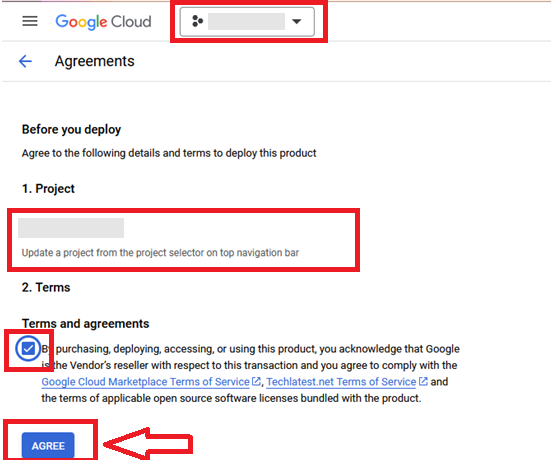
It will show you the successfully agreed popup page. Click on Deploy.
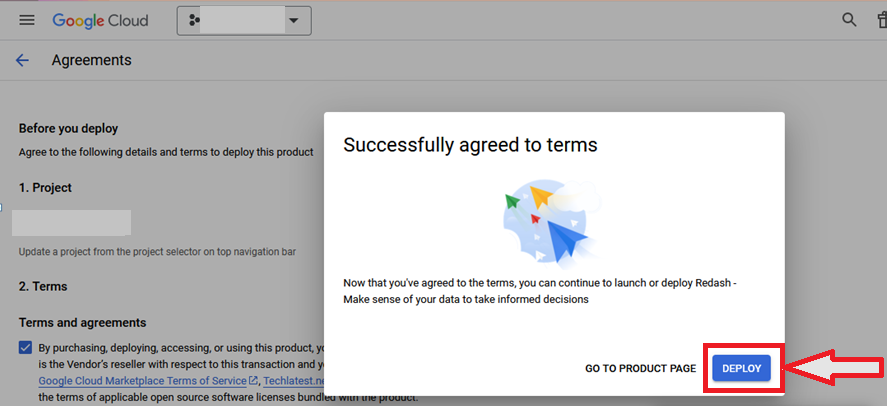
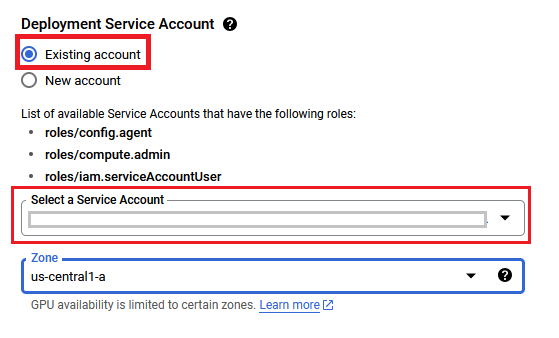
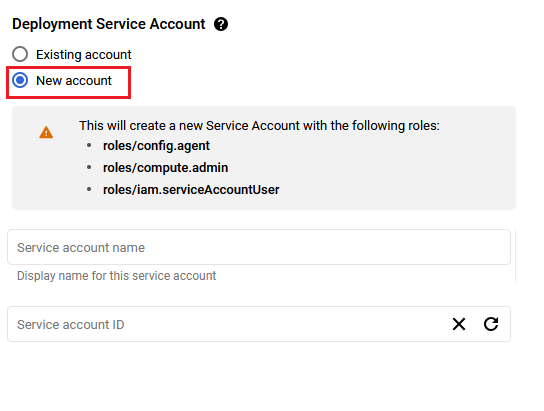
You are missing resourcemanager.projects.setIamPolicy permission, which is needed to set the required roles on the created Service Account
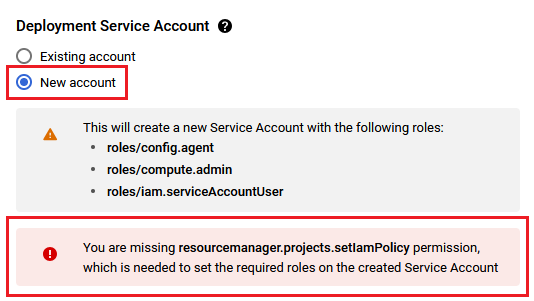
Select a zone where you want to launch the VM(such as us-east1-)
Optionally change the number of cores and amount of memory. (This defaults to 2 vCPUs and 7.5 GB ram.)
Optionally change the boot disk type and size. (This defaults to “Standard Persistent Disk” and 35 GB respectively)
Optionally change the network name and subnetwork names. Be sure that whichever network you specify has ports 22 (for ssh), 3389 (for RDP) and 80 (for HTTP) exposed.
Click Deploy when you are done. Python AI & Machine learning Suit will begin deploying.
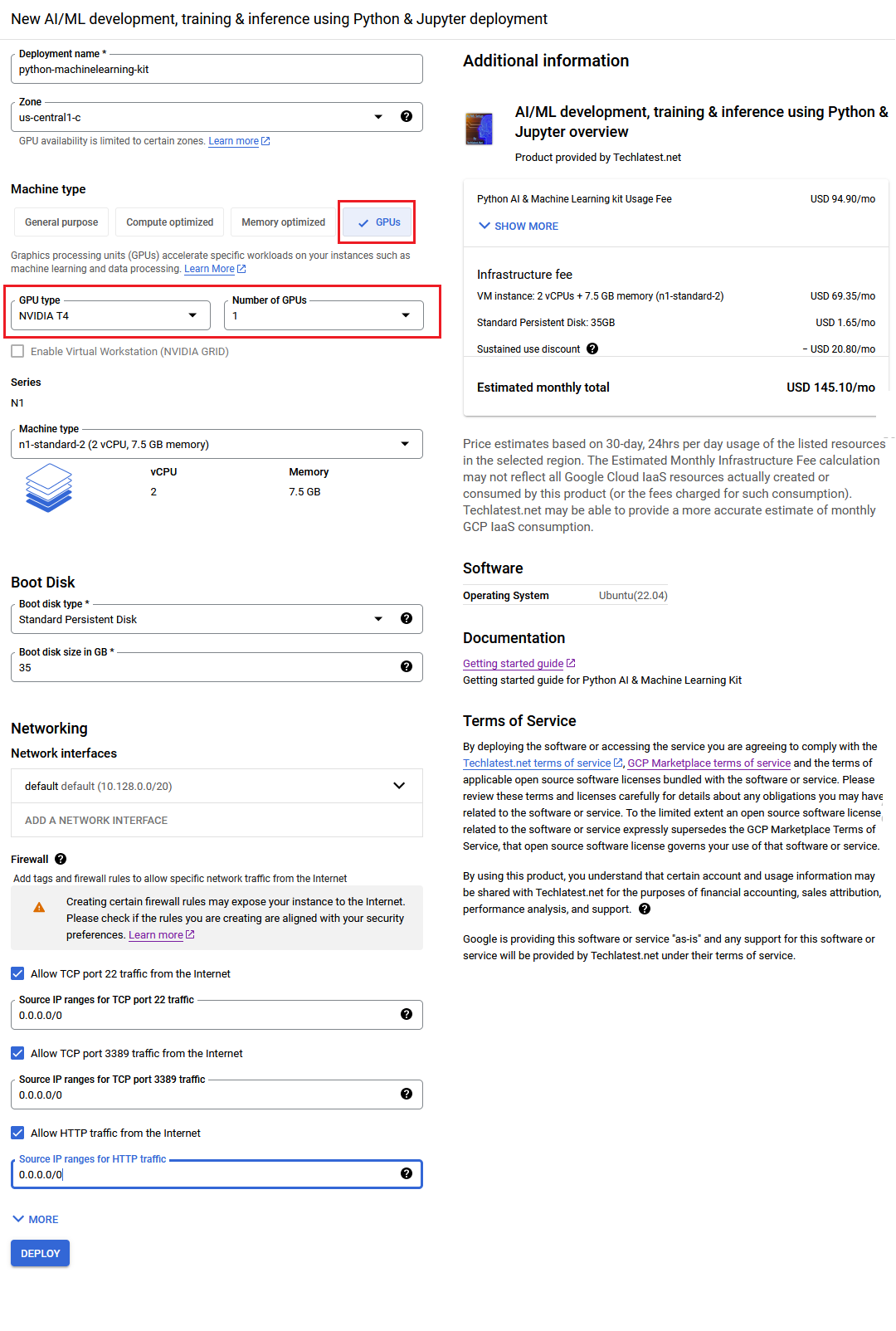
A summary page displays when the compute engine is successfully deployed. Click on the Instance link to go to the instance page .
On the instance page, click on the “SSH” button, select “Open in browser window”.
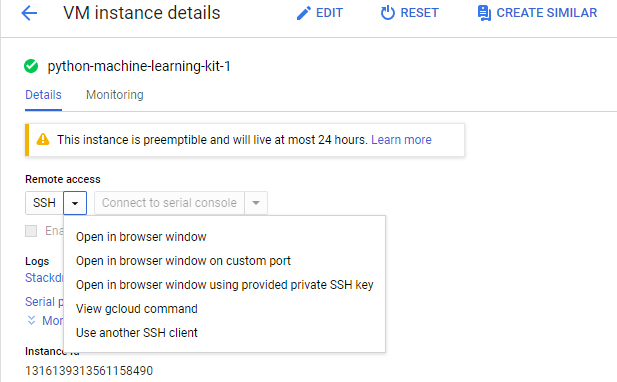
sudo passwd ubuntu

Now the password for ubuntu user is set, you can connect to the VM’s desktop environment from any local windows machine using RDP protocol or linux machine using Remmina.
To connect using RDP via Windows Machine, first note the external IP of the VM from VM details page as highlighted below
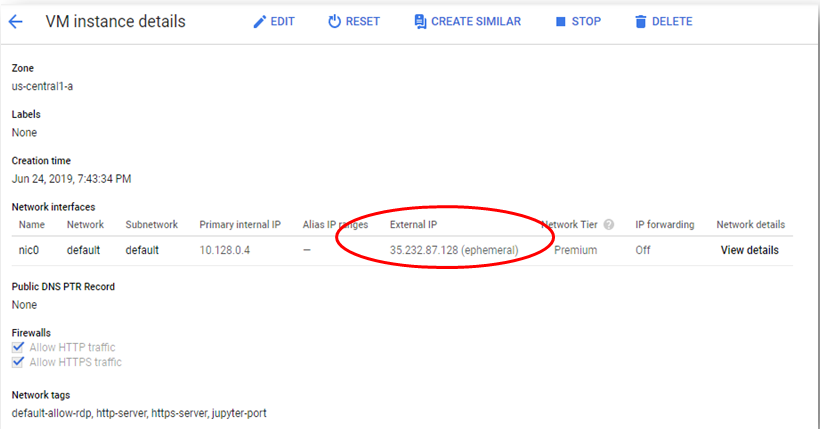
Then From you local windows machine, goto “start” menu, in the search box type and select “Remote desktop connection”
In the “Remote Desktop connection” wizard, copy the external ip and click connect

This will connect you to the VM’s desktop environment. Provide “ubuntu” as the userid and the password set in step 6 to authenticate. Click OK
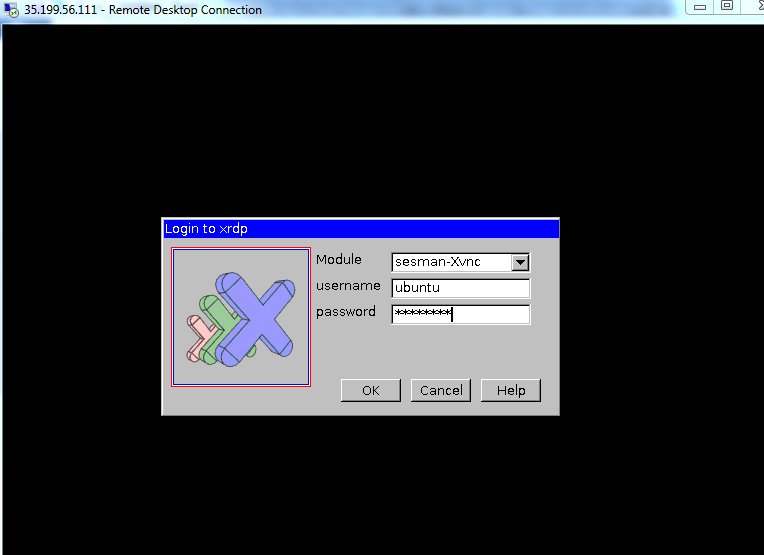
Now you are connected to the out of box MUJEFA environment via Windows Machine..

To connect using RDP via Linux machine, first note the external IP of the VM from VM details page,then from your local Linux machine, goto menu, in the search box type and select “Remmina”.
Note: If you don’t have Remmina installed on your Linux machine, first Install Remmina as per your linux distribution.
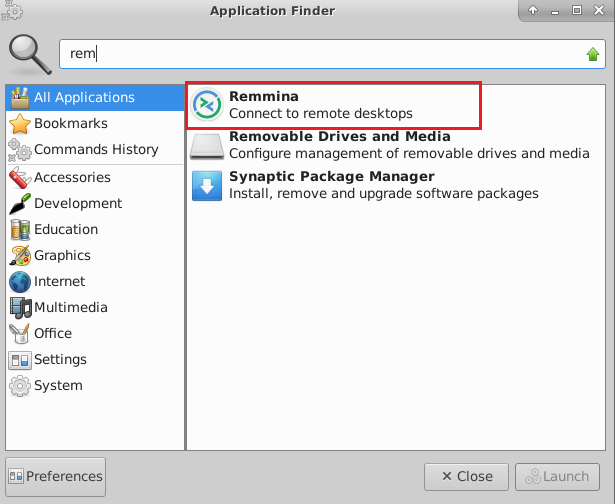
In the “Remmina Remote Desktop Client” wizard, select the RDP option from dropdown and paste the external ip and click enter.
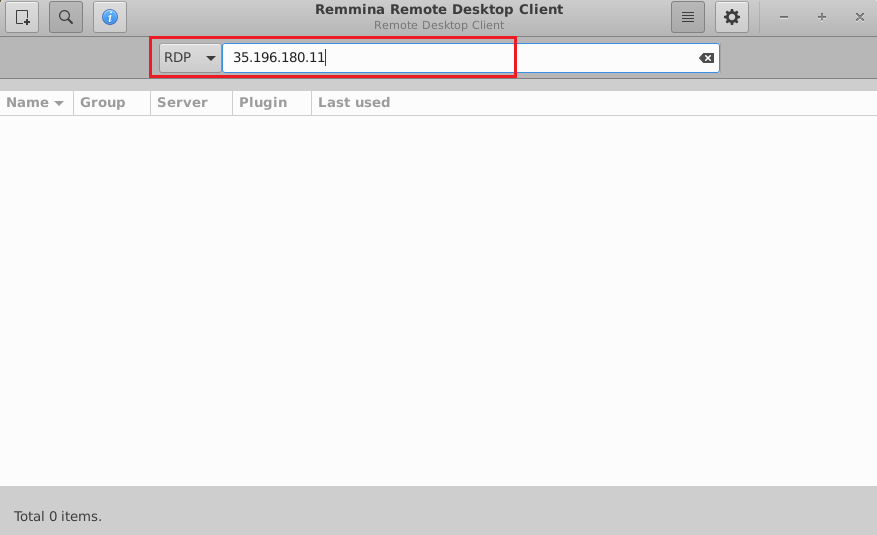
This will connect you to the VM’s desktop environment. Provide “ubuntu” as the userid and the password set in step 6 to authenticate. Click OK
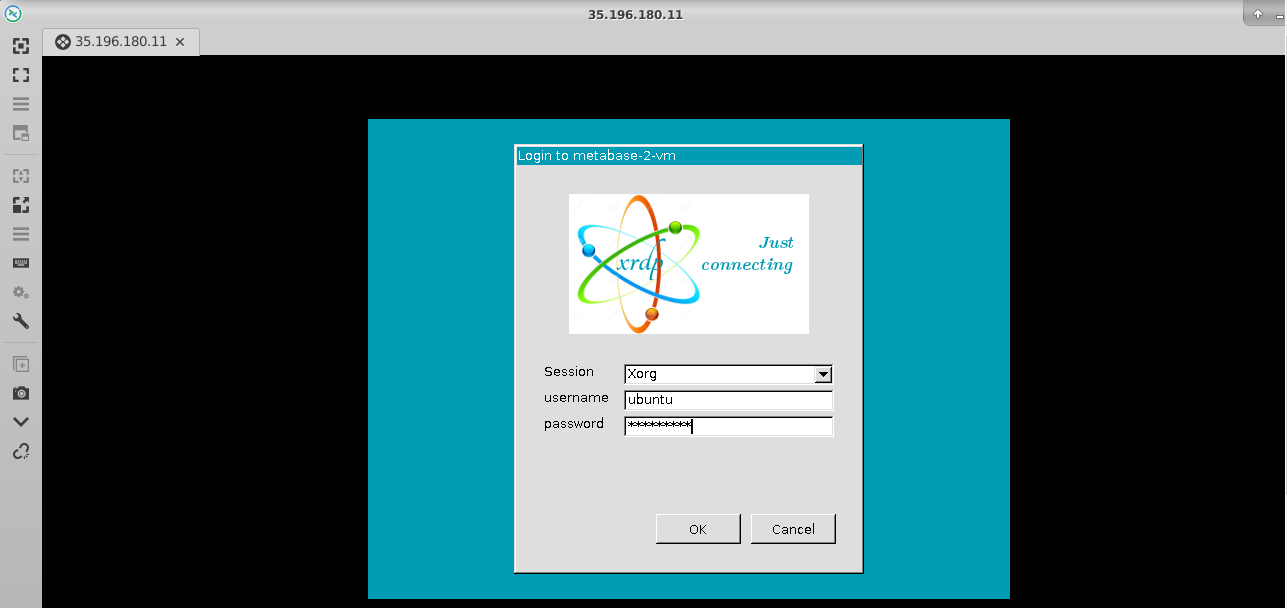
Now you are connected to the out of box MUJEFA environment via Linux machine.

You can use the remote desktop you connected in above step for using the VM, however, more convenient and better method is to use the Jupyter/Ipython notebook which comes with the VM .
The Notebook is available on the same public IP you used for remote desktop and accessible via any browser. Just open the browser and type the public IP address and you will get below screen for login .
The Jupyter Notebook is configured with the ubuntu as an admin user. Login with ubuntu as username and use a strong password & note it down somewhere, since this will be the password for the admin user account from now on.
Note: Make sure you use “http” and not “https” in the url
